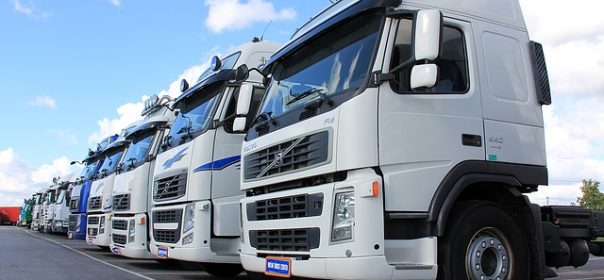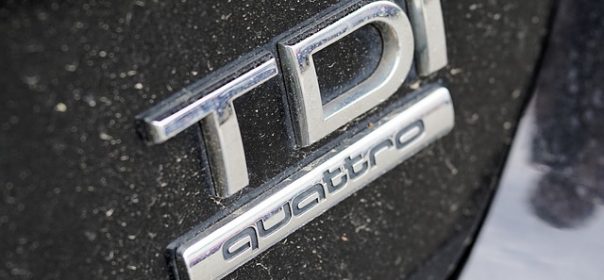Monitoring movement of your freight will allow minute by minute tracking of products and orders allowing for smoother more efficient transportation of goods between supplier and customer, whilst using multi-drop loads to maximise the potential profit of each route of your fleet.
GPS monitoring technology uses monitoring software compatible with your industries requirements. GPS tracking will not only monitor the goods, but also the drivers. This gives them the ownest on them to be safe whilst being efficient.
GPS systems are a factor in reducing vehicle theft. The tracker works by sending out a signal the moment a vehicle is moved to enable it to be tracked in real-time. These can be fitted to car, vans and lorries.
Logistics tracking is a complex procedure with the training required to understand the aspects of what can be achieved with the correct knowledge and understanding.
Once you have the knowledge, logistics tracking is a must!
Category Archives: Logistics

Why a new lorry requires a new frame of mind
If you’re a lorry driver, experienced or novice, you will already know there can be a big difference from driving one lorry to another. This means when your company decides that it is time for an upgrade, and they give you a shiny new lorry, you need some time to adjust but you also need a new frame of mind too.
The brakes will possibly be sharper and feel different, as will the gears and the steering wheel, so you need to give yourself time to get used to everything. You should also feel more inclined to keep the lorry looking perfect as it’s completely brand new, so braking early and taking more caution is important too. It can take a little while to get a good feel for how the lorry handles, what it’s good at, what it’s bad at, so be patient and get used to it. The more lorries you try, the better they’ll be. With every upgrade, lorries feel newer, sleeker and faster with better brakes, and they handle better too.

A big caution to logistic drivers in Asia
Many logistic drivers have to do some really big jobs from time to time, and driving in Asia could well be on the list, so it’s important to be prepared just in case you’re ever asked to drive in Asia. Firstly, you have to remember that there are going to a lot more bikes on the road, not just cycles and motorbikes but mopeds too, and these aren’t the most powerful vehicles.
That said, they are happy to weave through the traffic and as you’re driving a considerably larger vehicle you have to constantly pass them with caution, and you’re going to have to use your horn to make them aware of your presence a lot more than you would in the UK. You also need to remember that the same rules do not apply, and in Vietnam for example, people don’t always pay attention to red lights or green lights, so always be extra careful and use your mirrors constantly!

Why Diesel Powered Engines Need To Change
Diesel engines have been a topic for debate for many years. The government has been constantly putting pressure on manufacturers to update the technology and reduce toxic emissions. Most utility vehicles in the UK are powered by diesel engines, it’s a widely used technology despite its past criticisms, however, this is beginning to change.
One of the main reasons diesel engines have been widely adopted for utility use has been the low cost of diesel, and the high power of diesel engines. But the days where gasoline is significantly more expensive than diesel are diminishing, in fact, it now costs roughly the same if not more to fill the tank of a diesel vehicle.
Along with this, hybrid engines are becoming more and more popular. While this technology is still relatively expensive to use, it is being developed at a significant rate. It would not be a huge shock to see most utility vehicles powered engines like this in the next decade.
Using A Railroad Crane In Freight Transportation
A railroad crane is sometimes a necessary tool required for very heavy freight transport. It allows for extreme loads to be moved in an area around a train, and remains with the train for loading and offloading.
Railroad cranes are constructed in a similar way to fixed-location cranes, except that the platform on which the crane mechanism is situated sits on a reinforced flat-car. They have 360° movement on a swivel point on this carriage. This allows the crane to reach any area within range of where it’s carriage is fixed.
When using a railroad crane for freight operations, a jib carrier is often required. This is a carriage designed to hold the jib or ‘boom’ of a crane and sits adjacent to it. Because of this the crane carriage may need to move into a different position independently, in order to reach the loading and offloading areas.